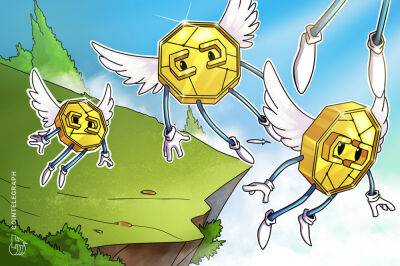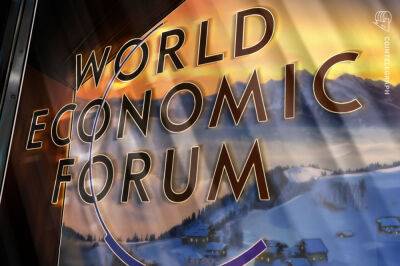Despite the Fed’s big rate boost, most banks will still pay paltry interest rates
The Federal Reserve just raised its benchmark interest rate by half a percentage point, its largest such move in more than two decades, as it seeks to tame inflation.
The central bank's actions mean that, in an era of sharply rising prices for everything from food to fuel, the cost of money itself is rising. Borrowers — people seeking mortgages or carrying credit card debt — will soon be paying higher rates on those loans.
But on the other side of the equation, depositors who keep their savings at banks aren't likely to reap the benefits anytime soon. That's because the steps taken to avert economic disaster in 2020 left the U.S. banking industry awash in deposits, and most lenders have little reason to attract more, according to analysts.
«The biggest banks in particular are sitting on a mountain of deposits. The last thing in the world they're going to do is raise what they're paying on those deposits,» said Greg McBride, chief financial analyst at Bankrate.com. «The big dominant banking franchises that have branches and ATMs from coast to coast, they're not going to be pressured to increase their rates.»
Back in 2020, the U.S. unleashed hundreds of billions of dollars in stimulus to small businesses and families, propped up markets with bond-buying programs and took rates to near zero. Much of that cash found its way to banks, which soaked up roughly $5 trillion in new deposits in the past two years, according to Federal Deposit Insurance Corporation data.
At the same time, the industry's lending didn't keep pace, meaning banks had fewer places to deploy the cash. Despite paying out paltry interest, the industry's lending margins were squeezed, hitting a record low last year. The average nationwide figure paid for
Read more on cnbc.com


 cnbc.com
cnbc.com











![Assessing if Bitcoin Cash [BCH] will see a period of accumulation soon](https://finance-news.co/storage/thumbs_400/img/2022/5/31/27884_bb0x.jpg)



